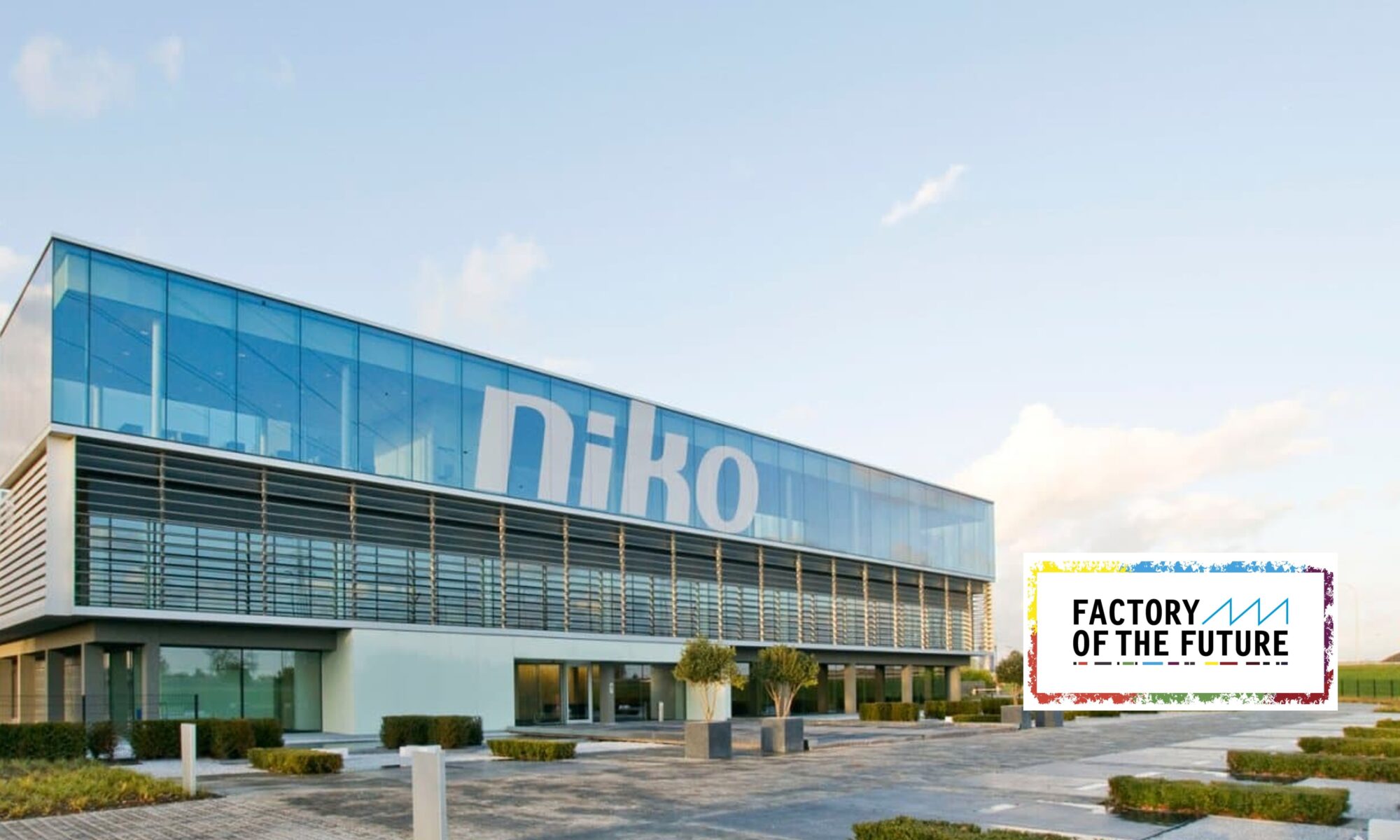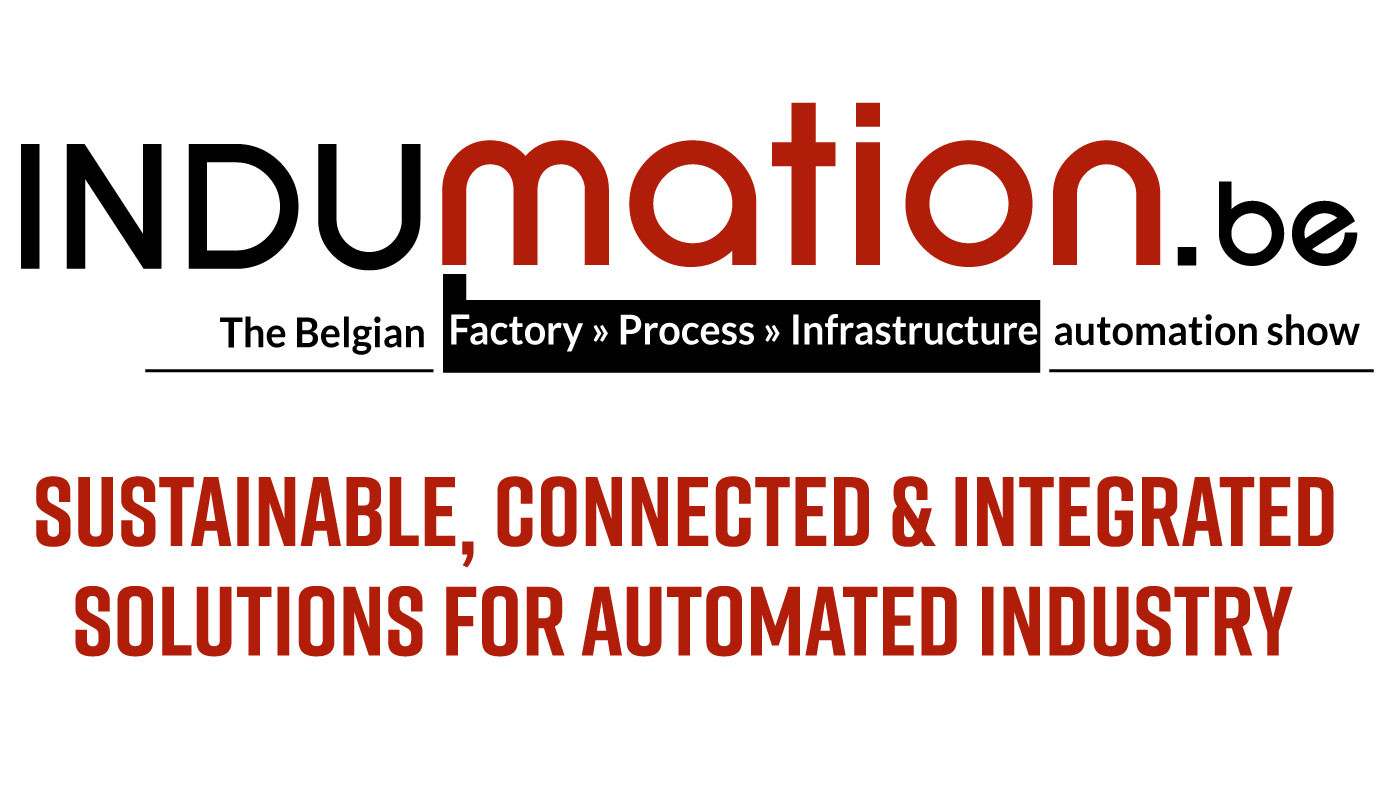General
- Duration: The technical training spans 3 days and covers the key features of the Ometa Framework.
- Participant Limit: Limited number of participants to ensure a personalized learning experience.
- Language: Conducted in English unless all participants are fluent in Dutch.
- Location: Uilenbaan 59, 2160 Wommelgem.
- Cost: Participation is free of charge.
- Dates: Program scheduled for August 20th to 22th, 2024.
Training Objectives
- Acquire proficiency in using the Ometa Business Connector software.
- Establish connections with external systems such as SAP, SQL, etc.
- Gain comprehensive understanding of Application Data Manager (ADM) features.
- Master the creation of dynamic forms and views tailored to specific needs.
- Understand advanced context management techniques.
- Explore Ometa Case Management functionalities.
- Develop custom scripts using C# and JavaScript.
- Optimize platform performance for efficiency.
Target Audience
- Individuals with a technical background.
- Users seeking advanced knowledge and proficiency in Ometa features.
- Developers, administrators, and consultants involved in Ometa solutions implementation and customization.
- IT professionals responsible for integrating and optimizing the Ometa Platform within their organizations.
What’s to learn?
Day One
First, we look at the basics within the Ometa framework to get you familiar with working in our Ometa Business Connector and getting used to all different terminology.
The focus lies on:
-
-
- Introduction to Ometa framework basics and terminology.
- Setting up connections to external systems.
- Displaying real-time information from SQL and SAP in SharePoint.
- Creating real-time charts on ERP data.
- Setting up filtering options.
- Accessing data with open communication protocols (OData).
- Creating forms.
- Building a basic virtual workspace with Dynamic Case Management.
-
Day Two
The second day is focused on a deep dive into our Application Data Manager (ADM).
During this day you will learn more about:
-
-
- Acquire proficiency in using the Ometa Business Connector software.
- Establish connections with external systems such as SAP, SQL, etc.
- Gain comprehensive understanding of Application Data Manager (ADM) features.
- Master the creation of dynamic forms and views tailored to specific needs.
- Understand advanced context management techniques.
- Explore Ometa Case Management functionalities.
- Develop custom scripts using C# and JavaScript.
- Optimize platform performance for efficiency.
- …
-
Day Three
During the last day we go deeper into the more advanced options within the framework and end with an exercise which combines Ometa Dynamic Case Management and the other subjects learned in the past days.
During this day you will learn more about:
-
-
- Acquire proficiency in using the Ometa Business Connector software.
- Establish connections with external systems such as SAP, SQL, etc.
- Gain comprehensive understanding of Application Data Manager (ADM) features.
- Master the creation of dynamic forms and views tailored to specific needs.
- Understand advanced context management techniques.
- Explore Ometa Case Management functionalities.
- Develop custom scripts using C# and JavaScript.
- Optimize platform performance for efficiency.
- …
-
Program
| 08h30 | Reception |
| Coffee, tea and Belgian coffee biscuits | |
| 09h00 | Part 1 |
| Interactive training | |
| 12h00 | Lunchbreak |
| Drinks and sandwiches. | |
| 13h00 | Part 2 |
| Interactive training | |
| 17h00 | Finish |
|
Summarize and conclude
|


